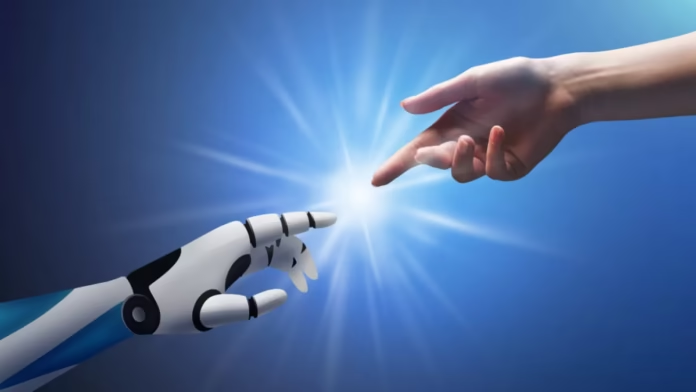The Hype Around AI Is Loud But the Human Role Is Louder
We’ve heard the headlines. AI is transforming industries. AI is replacing jobs. AI is the future. But in practice—on the factory floor, in customer service centers, inside boardrooms—there’s a much simpler truth: AI can’t function without people steering the wheel.
At Arrow PC Network, we’ve worked with dozens of Indian enterprises excited to explore AI—only to realize that the most successful deployments are the ones with strong human involvement from the start.
People Set the Direction—AI Just Follows It
Every AI system begins with a human asking a question or identifying a need. Machines don’t decide what’s important. That vision has to come from a person who understands the business—what’s working, what’s broken, and where there’s room to improve.
When we support digital transformation projects, we don’t start with algorithms—we start with workshops. With strategy. With people in the room, figuring out where AI fits and where it doesn’t.
AI may offer speed, but people offer judgment.
Clean Data Doesn’t Organize Itself
One of the biggest blockers to AI adoption in India is messy, incomplete, or siloed data. Legacy systems, disconnected departments, and outdated records make it impossible for AI to work properly.
Here’s the catch: no AI platform can clean your data for you. That requires teams to audit, organize, and standardize information long before any model is deployed.
At Arrow PC Network, we help companies get their data house in order so that AI has a solid foundation to work from. It’s not the glamorous part of the journey—but it’s the most important.
AI Needs Human Judgment in the Loop
Once AI is in place, it doesn’t run on autopilot. Systems need to be monitored, retrained, and interpreted. We’ve seen AI tools surface brilliant insights that would’ve gone nowhere if not for the teams that acted on them.
Take a client in logistics who used predictive analytics to identify delivery bottlenecks. The model highlighted the problem areas, but it was the human ops team who redesigned workflows and saw results within weeks.
Machines point the way. Humans walk the path.
The Rules Keep Changing—And AI Can’t Keep Up Alone
Markets evolve. Consumer behavior shifts. Compliance laws get updated—especially with India’s new coming into play. What was accurate yesterday could be risky tomorrow if your systems aren’t updated.
This is where ongoing human oversight is not optional—it’s critical. AI needs maintenance, reviews, and ethical check-ins. At Arrow PC Network, we provide lifecycle support to help clients adapt to changes, stay compliant, and avoid drift.
India Needs Context-Driven AI—And That Requires People
India’s diversity in languages, cultures, and regulations makes generic AI models risky. A chatbot that works in Bengaluru might fail miserably in Jaipur. A sentiment model trained in the US might misread tone in Hindi or Tamil.
Context matters—and machines don’t understand context like people do.
That’s why we encourage our clients to include experts from multiple fields: linguists, legal advisors, frontline employees, and business leaders. They bring the nuance that machines simply can’t grasp.
Not a Replacement—A Relationship
Here’s the truth no one wants to admit in the middle of the AI gold rush: AI is not a replacement for people. It’s a tool for people.
The businesses thriving with AI today aren’t those that replaced workers. They’re the ones that empowered their teams with smarter tools, clearer insights, and faster decision-making.
At Arrow PC Network, our most successful AI projects are the ones where humans and machines collaborate—not compete.
The Human Advantage
AI can process faster, learn patterns, and crunch numbers we’d never touch manually. But it still needs humans to give it direction, meaning, and course correction.
In India’s rapidly evolving tech landscape, the winners won’t be those who have the most automation but those who know how to blend AI with human intelligence effectively.
We don’t need to fear AI. But we do need to guide it, question it, and train it to serve real human needs.
Because without us, it’s just code.
And at the end of the day, the most powerful force in technology is still human judgment.







